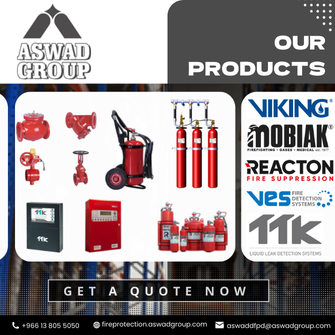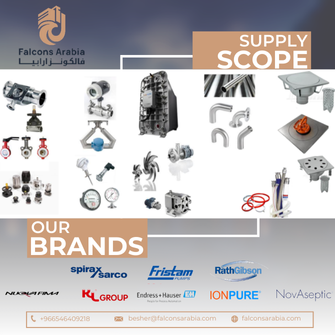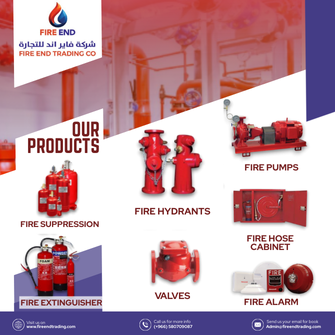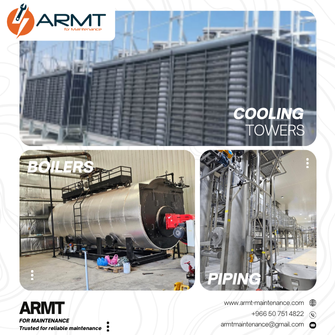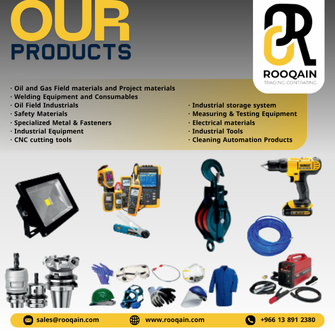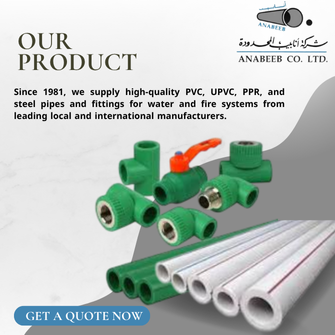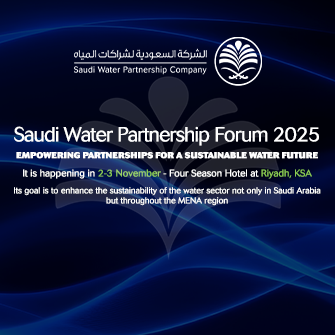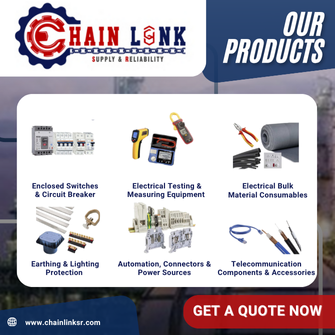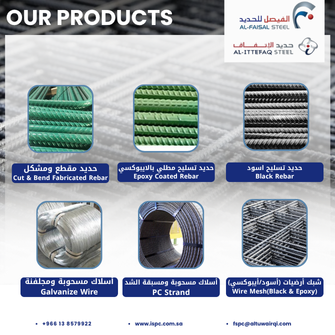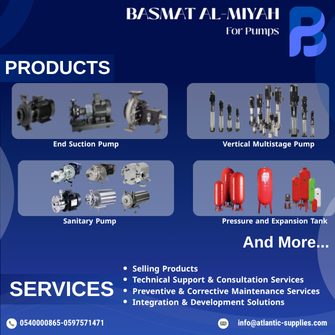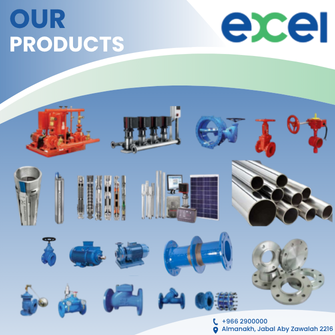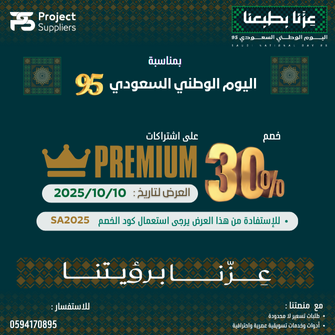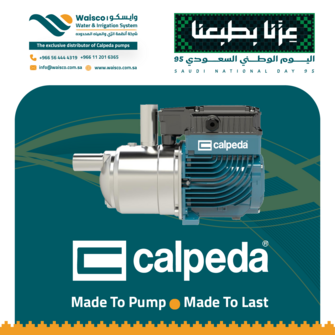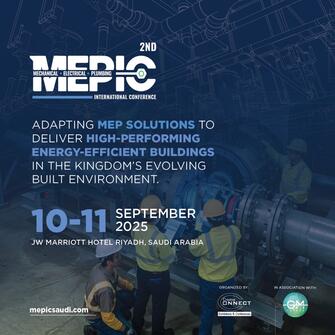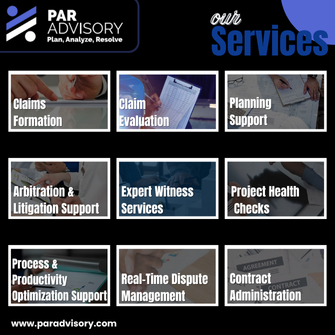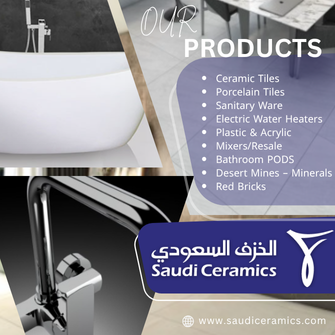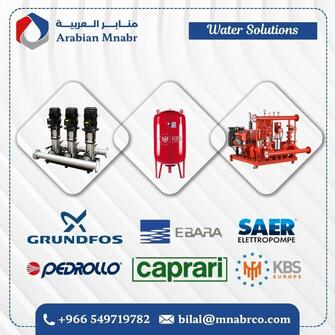advertisement
Gallery
Product Information
A pressure regulator is a valve that controls the pressure of a fluid or gas to a desired value, using negative feedback from the controlled pressure. Regulators are used for gases and liquids, and can be an integral device with a pressure setting, a restrictor and a sensor all in the one body, or consist of a separate pressure sensor, controller and flow valve.
Two types are found: The pressure reduction regulator and the back-pressure regulator.
- A pressure reducing regulator is a control valve that reduces the input pressure of a fluid or gas to a desired value at its output. It is a normally-open valve and is installed upstream of pressure sensitive equipment.
- A back-pressure regulator, back-pressure valve, pressure sustaining valve or pressure sustaining regulator is a control valve that maintains the set pressure at its inlet side by opening to allow flow when the inlet pressure exceeds the set value. It differs from an over-pressure relief valve in that the over-pressure valve is only intended to open when the contained pressure is excessive, and it is not required to keep upstream pressure constant. They differ from pressure reducing regulators in that the pressure reducing regulator controls downstream pressure and is insensitive to upstream pressure. It is a normally-closed valve which may be installed in parallel with sensitive equipment or after the sensitive equipment to provide an obstruction to flow and thereby maintain upstream pressure.
Both types of regulator use feedback of the regulated pressure as input to the control mechanism, and are commonly actuated by a spring loaded diaphragm or piston reacting to changes in the feedback pressure to control the valve opening, and in both cases the valve should be opened only enough to maintain the set regulated pressure. The actual mechanism may be very similar in all respects except the placing of the feedback pressure tap.[2] As in other feedback control mechanisms, the level of damping is important to achieve a balance between fast response to a change in the measured pressure, and stability of output. Insufficient damping may lead to hunting oscillation of the controlled pressure, while excessive friction of moving parts may cause hysteresis.
Looking for new opportunities in the Saudi market?
Receiving real RFQs is the key for new orders.
Here in Project Suppliers platform we gain you the new opportunity.

